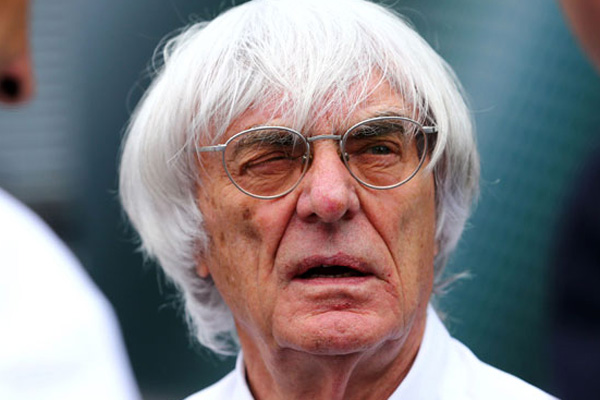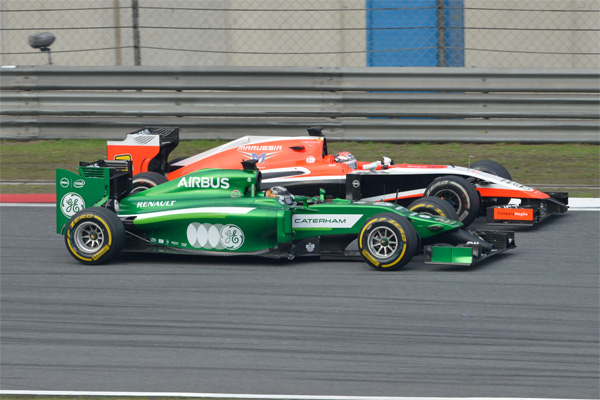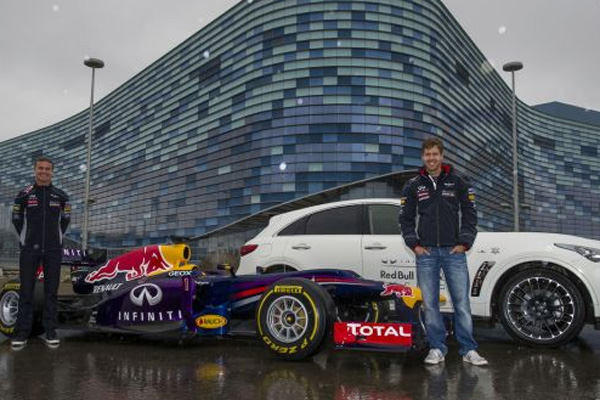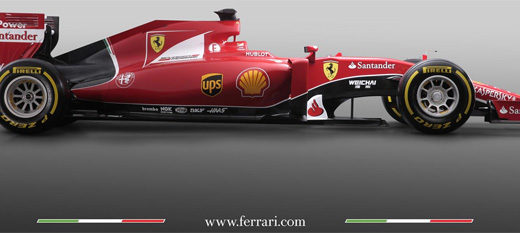F1:14 – The Rapidly Failing Math of Bernie
It’s been a really wild few weeks in the world of Formula 1. Not surprisingly, it has little to do with the action on the track, as the cars have been silent during the three week break from the intoductory snore-fest and Russia until today’s first practice on the equally dull Austin Texas track. It’s all about the money, the greed, and the rapid decline and near failure of F1.
F1 14 is what I am calling Bernie Ecclestone’s latest bit of bravado. This interview with SkyF1 talks about all that can happen for 2015, including the possiblity that there could be only 7 teams (meaning 14 cars) on the grid for 2015. Asked directly if F1 needs the small teams, he said “We need them if they are going to be there performing properly and not moving around with begging buckets.” – strong words from a man who admits that the grid may be too small to even meet the contractual requirements for F1 races.
The reason for the crisis is many fold. Since the Russian race, both Caterham and Marussia have gone into administration (receivership, in other words), after failing to pay their debts. Both teams are apparently neck deep in debt, needing 30 to 50 million euros just to get back to level. It’s unlikely that buyers will be found for these teams, Caterham did have a buy apparently in June, but something went horribly wrong along the way. Marussia basically ran out of sugar daddy money, the Russia business man that was funding it pulled the plug after the Russia GP (and possibly the horrific injury to Jules Bianchi).
The problem runs deeper however. Sauber is pretty much on the edge, and team principal Monisha Kaltenborn has made no effort to hide that their team is getting more and more frustrated with the situation. Force India Team Principal Vijay Mallya has made it clear that he agrees, and that the time is here for major structural and financial changes to F1. The vast majority of the money goes to the few top teams, leaving very little for the teams that need it most. So for a company that takes in a billion dollars a year, only a very small trickle ends up in the hands of the smaller teams. Bernie Ecclestone’s math seems to be that he would rather deal with 7 teams running 3 cars each than 11 teams running 2 cars. It may be easier for him to administer, but it’s very risky for the sport.
It’s especially risky when you consider that two of those teams, Red Bull and Toro Rosso, have the same owner and the same company paying much of the way. If the Red Bull company loses interest in F1 (and that is always possible), Bernie could find F1 with less than a handful of teams and absolute no way to fill the field. Consolidating down to fewer and fewer teams means that those teams have way more sway, and way more control over things.
Rumors in the paddock this weekend in Austin were of a “small team” boycott for this race. While that is unlikely, I wouldn’t be shocked to see the lower end teams perhaps retire their cars early, saving costs and gently reminding Bernie that without them there just isn’t a real show.














